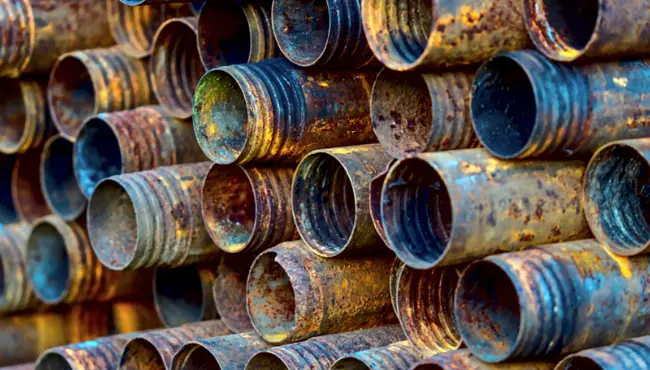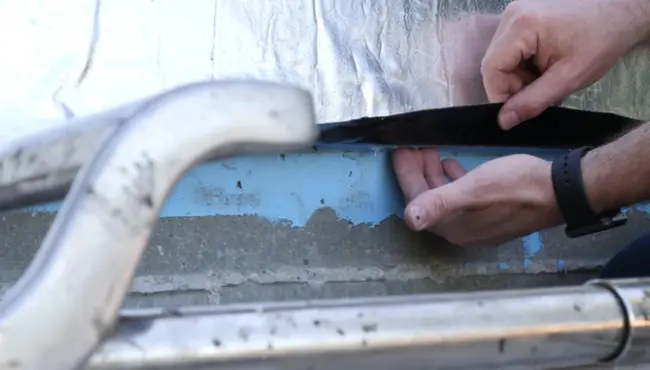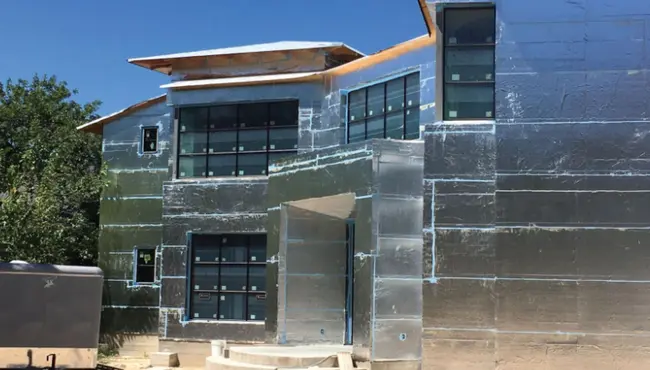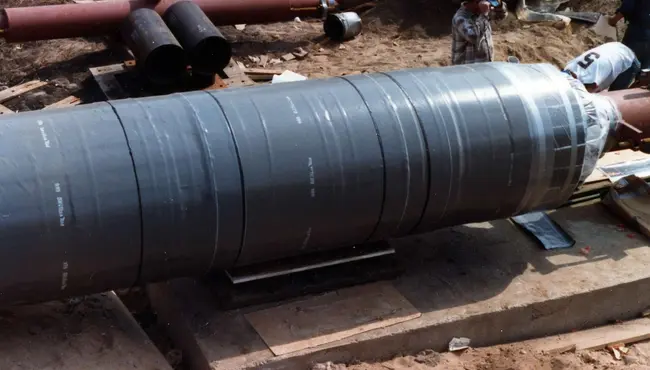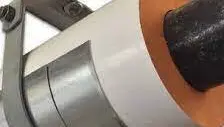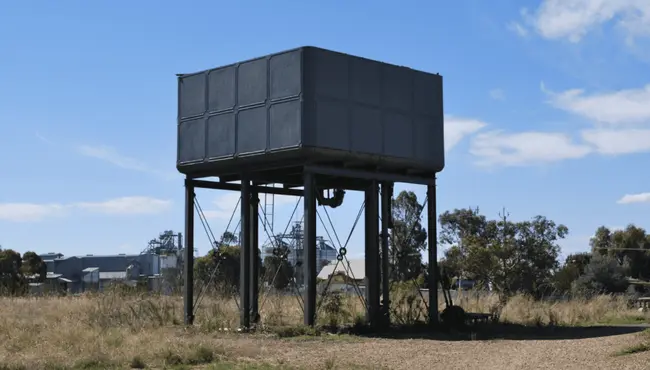
Air barrier materials are an integral piece to modern building design, and they have only become more popular throughout the years.
To help you get a better understanding of air barriers, we’re taking a close look at the solutions offered at Polyguard and how they can improve your building development.
Ready to get started?
What Are Air Barrier Materials?
Air barrier materials are specialized components used to prevent the uncontrolled flow of air throughout a building's envelope.
They maintain indoor air quality, reduce energy consumption, and protect the building structure from moisture-related issues.
What Makes an Air Barrier Effective?
The effectiveness of an air barrier is determined by its ability to resist air permeance, typically measured against standards such as ASTM E2178.
To qualify as an approved air barrier material, a product must exhibit low air permeability and durability while also having the ability to form a continuous barrier.
These materials are often incorporated into assemblies that work together to create a complete air barrier system.
Types of Air Barrier Materials
Air barrier materials are categorized based on their application method and material composition. But understanding the different types of air barriers will help you selecting the most suitable option for your project’s needs.
Mechanically Fastened Air Barriers
Mechanically fastened air barriers, such as exterior building wraps, are commonly used in residential construction.
These materials are installed using fasteners like staples or nails and are effective when properly sealed at seams and penetrations.
Rigid Sheathing Air Barriers
Rigid sheathing materials, including gypsum boards and extruded polystyrene, are typically used in exterior applications. These materials require precise installation to ensure seams and joints are airtight, often using durable sealants or specialized tapes.
When integrated with Polyguard’s range of products, these sheathing materials contribute to a highly effective air barrier system.
Self-Adhered Membranes
Self-adhered or peel-and-stick membranes air barrier membranes offer a dual function as both air and vapor barriers.
These materials are particularly advantageous in complex architectural designs where fluid-applied options might be challenging to apply.
Fluid-Applied Membranes
Fluid-applied membranes, such as those offered by Polyguard, are easy to apply, which makes them ideal for irregular surfaces or detailed architectural elements.
These membranes form a continuous, seamless barrier that is highly resistant to air leakage, moisture intrusion, and weather-related wear.
Applications of Air Barrier Materials
The selection and application of air barrier materials vary depending on the type of building and its intended use. Below, we explore how these materials are applied in both residential and commercial construction.
Residential Applications
In residential buildings, air barriers are applied during the construction of walls, roofs, and floors so that, after construction, they help maintain indoor comfort by preventing drafts and reducing energy loss.
Commercial Applications
For commercial structures, air barriers are applied to help maintain the building’s energy performance and indoor air quality.
These materials are also used extensively in high-performance buildings where energy efficiency and durability is an important factor.
Installing and Testing Air Barrier Systems
Installing air barrier systems is a process that requires an advanced professional who specializes in installing these types of systems. However, there are some general installation techniques that are used and would be helpful to know:
Installation Techniques
- Sealing Seams and Joints: Using high-quality sealants and tapes to ensure that all connections between materials are airtight.
- Handling Penetrations: Carefully sealing around windows, doors, and any other penetrations to prevent air leakage.
- Continuous Barrier: Checking that the air barrier remains continuous across different building components, such as between walls and roofs.
Testing for Air Permeability
To confirm that the air barrier system meets the necessary performance standards, the ASTM E779 and ASTM E2357 testing methods are used. These tests measure the air leakage rate and ensure that the installation has achieved the required level of airtightness.
Polyguard’s Air Barrier Solutions
Polyguard offers a comprehensive range of air barrier solutions that cater to both residential and commercial construction needs. Their products are designed to meet or exceed industry standards and provide long-lasting protection against air and moisture intrusion.
For Residential Solutions
Polyguard’s products for residential buildings are engineered for ease of installation and durability, ensuring homeowners enjoy improved comfort and energy savings.
Commercial Solutions

Polyguard’s air barrier systems offer reliable performance under the most demanding conditions, which makes them an excellent choice for high-performance buildings.
Optimize Your Building’s Performance with Polyguard
Partner with Polyguard for air barrier solutions that deliver unmatched performance and reliability.
Whether you’re working on a residential or commercial project, our products are engineered to provide the best protection against air and moisture infiltration.
Contact us today for more information.



